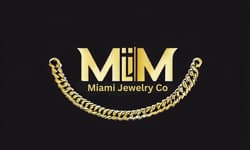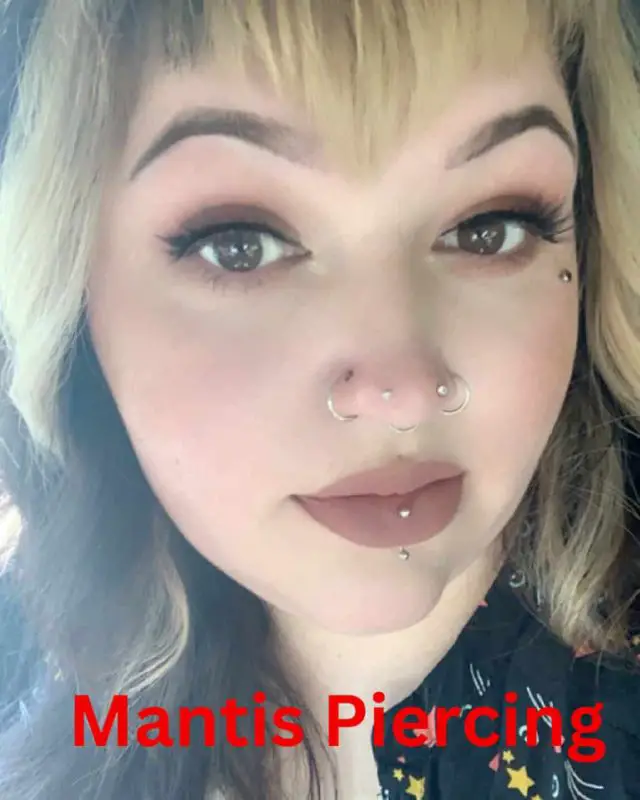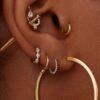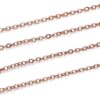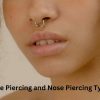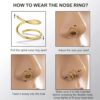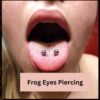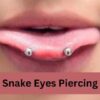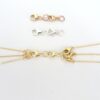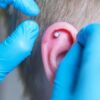Nose Piercing
A Comprehensive Guide to Mantis Piercing: All You Need to Know and More
Ever found yourself captivated by the stunning allure of mantis piercings, yet too overwhelmed to make the leap?
You’re not alone. The beauty of this unique body modification is undeniable, but it’s often shrouded in concerns: pain, healing, and aftercare worries can cloud your excitement, turning the journey into a daunting task.
Navigating these hurdles alone can be paralyzing, holding you back from expressing yourself boldly. But here’s the good news: our comprehensive Mantis Piercing guide is here to dispel your fears. From understanding pain management, choosing the right professional piercer, and selecting the perfect jewelry, to mastering aftercare—our guide will lead you every step of the way.
We believe that the path to your desired mantis nose piercing doesn’t have to be treacherous. With the right knowledge, you can turn what seems intimidating into a gratifying journey of self-expression.
So let’s dive in and transform uncertainty into confidence together!
Contents
- 1 Key Takeaways
- 2 What is Mantis Piercing?
- 3 The History and Origin of Mantis Nose Piercing
- 4 The Journey of Mantis Nose Piercing
- 5 Step-by-step: The Mantis Piercing Procedure
- 6 Mantis Piercing Video Guide
- 7 Does a Mantis Piercing Hurt?
- 8 The Healing Timeline: What to Expect
- 9 Mantis Piercing Aftercare
- 10 Expert Recommendations For Mantis Piercing Jewelry
- 11 Where to Shop for Piercing Jewelry
- 12 Mantis Piercing Aftercare
- 13 Top Tips for A Smooth Mantis Piercing Experience
- 14 FAQs
- 15 Final Words
Key Takeaways
- Mantis piercing is a distinct form of body modification that requires understanding its unique style and aesthetic appeal to ascertain if it suits your personal style.
- Delving into the history and origin of mantis piercing can deepen your appreciation for this form of body art and add a meaningful dimension to your personal piercing journey.
- A step-by-step breakdown of the mantis piercing procedure helps in preparing for the experience, making the selection of a professional piercer, and understanding the process involved.
- Knowing what to expect regarding pain can help in preparation.
- Learning about the healing stages is crucial for correct healing.
- Proper aftercare is key to preventing infections and complications.
- Expert advice helps in choosing the right jewelry for aesthetics and comfort.
What is Mantis Piercing?
The Mantis Piercing, characterized by a pair of piercings that mimic the pose of a praying mantis, is a compelling body modification. Though not as commonly chosen as other styles, it has an arresting visual appeal and a unique personality.
The History and Origin of Mantis Nose Piercing
Though the exact origin of Mantis Piercing is unclear, body modifications have been practiced by different cultures worldwide. Mantis Piercing is one of the creative variations that emerged with modern piercing techniques.
The Unique Appeal of Mantis Piercing
The Mantis Piercing is for those who aren’t afraid to make a statement. Its distinctive, bold look sets it apart from more traditional piercings, and it can be a powerful form of self-expression.
The Journey of Mantis Nose Piercing
Finding a Reliable Piercing Studio
The first step in your Mantis Piercing journey is finding a trustworthy studio. Look for places with high hygiene standards, experienced professionals, and good reviews from past customers.
Meeting Your Piercing Professional
Before the procedure, you should have a detailed discussion with your piercer. They should answer any questions you have and provide thorough pre-piercing instructions.
Step-by-step: The Mantis Piercing Procedure
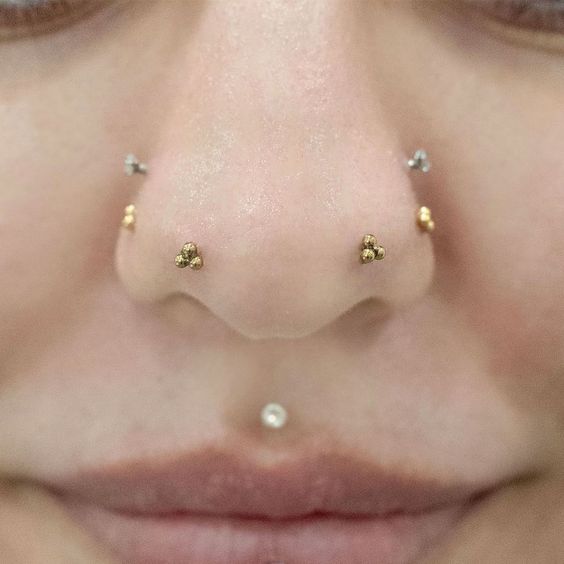
Consultation:
The piercer will discuss the process, aftercare, and any concerns you might have.
Cleaning:
The piercer cleans the area to minimize infection risk.
Marking:
The exact spots for the piercings are marked. You can check these and request any adjustments.
Piercing:
Using a sterile needle, the piercer carefully makes the piercings.
Jewelry Insertion:
Once the piercings are done, the initial jewelry, usually a stud or hoop, is inserted.
Aftercare Instructions:
The piercer provides guidelines for cleaning and caring for your new piercing.
Mantis Piercing Video Guide
Pro Tip: Always consult with a professional piercer about your individual anatomy and potential risks before proceeding with a mantis nose piercing. This can drastically reduce the chances of complications and ensure a smoother healing process.
Mantis Nose Piercing Compared to Other Nose Piercings
The world of nose piercings is diverse and the Mantis Piercing is just one fascinating example. Let’s compare it with other popular types of nose piercings:
Mantis Piercing vs Septum Piercing
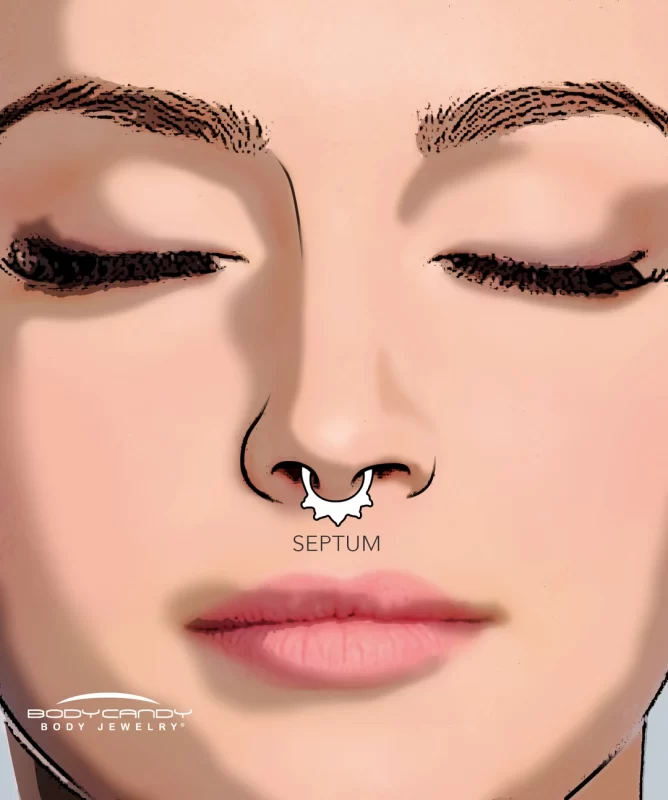
A Septum Piercing, often called a bull-ring piercing, is performed in the soft cartilage beneath the septum, which separates the nostrils. It is typically more visible than the Mantis Piercing. Pain levels in septum piercings can be higher as they are through a thicker piece of cartilage. However, septum piercings offer a wider variety of jewelry options.
Mantis Piercing vs Nostril Piercing
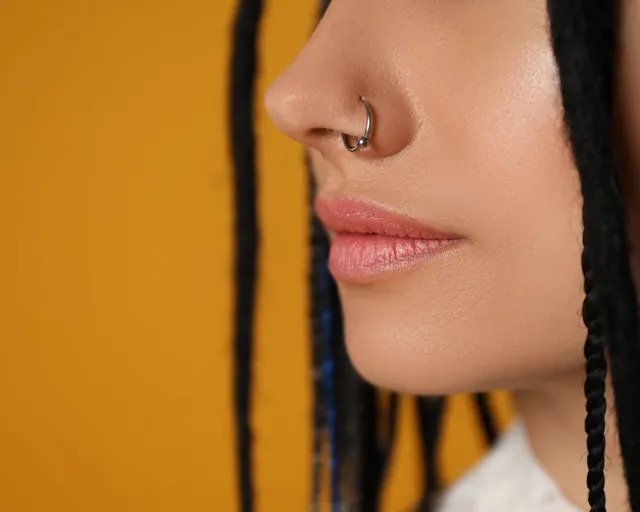
The traditional nostril piercing is the most common type of nose piercing and can be performed on either side of the nose. Compared to Mantis Piercing, nostril piercings tend to be less painful and heal more quickly. However, the Mantis Piercing offers a unique and more discreet placement.
Mantis Piercing vs Bridge Piercing
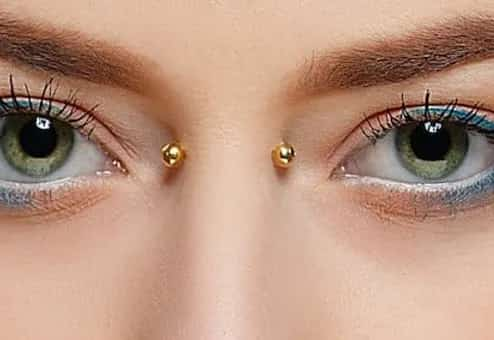
A bridge piercing is a horizontal bar across the bridge of the nose. It’s more noticeable than a Mantis Piercing and requires a skilled professional to minimize the risks of rejection. While a Mantis Piercing is more subtle and suits various facial structures, a bridge piercing makes a bold statement but isn’t suitable for all nose shapes.
Does a Mantis Piercing Hurt?

Everyone reacts to pain differently. A Mantis Piercing’s discomfort can vary from person to person. Some factors to consider:
During the Piercing
A quick, sharp pinch is what most people feel as the needle passes through. It’s often described as a sharp sting.
After the Piercing
Swelling and tenderness are normal afterward. These symptoms typically reduce in a few days. It’s vital to monitor your piercing for any signs of infection.
What Can Influence the Pain?
Your mindset, the piercer’s skill, and your health all affect the level of pain felt during the procedure.
Everyone’s pain experience is unique. Some people find getting a Mantis Piercing bearable, while others might find it uncomfortable. It’s best to talk with your piercer about any worries, so they can help you through the process and offer tips to reduce discomfort.
Pain Scale for Mantis Piercing
On a pain scale of 1 (minimal pain) to 10 (extreme pain), most rate a Mantis Piercing as a 4 to 6. But remember, everyone’s pain threshold is different. The sharp pain usually eases quickly after the procedure.
How Much Does a Mantis Piercing Cost?
A Mantis Piercing’s cost is contingent upon a multitude of factors, including the experience of the piercer, geographical location, and the type of jewelry you choose. On average, a basic Mantis Piercing might range between $40 to $90.
The price may increase if you select high-quality or designer jewelry. Always remember that the expertise of your piercer is crucial, so it’s not always wise to opt for the cheapest option. Hygiene and professional handling are key to preventing complications and ensuring a successful piercing experience.
The Healing Timeline: What to Expect
Healing times can vary, but generally, a Mantis Piercing will take anywhere from 2-4 months to heal fully. This can be influenced by how well you care for your piercing and your body’s personal healing rate.
Mantis Piercing Aftercare
Cleaning Routine
Aftercare starts with daily cleaning. Use a saline solution to gently cleanse the area. Avoid using alcohol-based products as they can dry out and irritate the piercing.
Touching and Swimming
Avoid touching your Mantis Piercing with unclean hands and keep it dry as much as possible. It’s also advised to stay away from swimming for at least two weeks after getting the piercing. Learn How to Cover Nose Piercing for Swimming
Expert Recommendations For Mantis Piercing Jewelry
Selecting the right jewelry for a Mantis Piercing is pivotal in achieving not only the desired aesthetic but also in ensuring a smooth and complication-free healing process.
Here are expert-recommended considerations to guide you in making the best choice.
Choosing the Right Type
For Mantis Piercing, professionals often recommend small hoops or curved barbells. These pieces of jewelry suit the piercing site and offer a stylish look. The choice depends on your personal style and comfort level.
Choose the Appropriate Material – Hypoallergenic Materials
Hypoallergenic materials, such as titanium, surgical stainless steel, and high-karat gold, are often recommended for fresh piercings. These materials help to minimize potential allergic reactions.
Materials to Avoid
Materials like nickel and certain plastics should be avoided. These materials can lead to allergic reactions and complications during the healing process.
Picking the Right Design
Initial Jewelry Should be Simple
For initial jewelry, the simpler, the better. Straight barbells, studs, or hoops with minimal embellishments are ideal for fresh piercings to avoid irritation and expedite the healing process.
Exploring More Ornate Designs
Once your Mantis Piercing is fully healed, you can begin to explore more ornate designs. From hoops with dangling charms to vibrant gemstones and unique shapes, the options are endless.
Where to Shop for Piercing Jewelry
Piercing Studios
Buying jewelry from professional piercing studios ensures high quality and safety standards. They also provide expert advice tailored to your unique piercing and personal style.
Online Shopping
Many reputable online stores like Amazon, Walmart, Or Miami Jewellery Co provide a vast array of options. Make sure to check reviews and product details to ensure the quality and safety of the jewelry.
Mantis Piercing Aftercare
Cleaning Routine
Aftercare starts with daily cleaning. Use a saline solution to gently cleanse the area. Avoid using alcohol-based products as they can dry out and irritate the piercing.
Touching and Swimming
Avoid touching your Mantis Piercing with unclean hands and keep it dry as much as possible. It’s also advised to stay away from swimming for at least two weeks after getting the piercing.
Signs of Infection
If you notice symptoms like swelling, redness, or unusual discharge, seek medical advice immediately.
Top Tips for A Smooth Mantis Piercing Experience
Finding a Professional Piercer
The first step towards a good Mantis Piercing experience is finding an experienced professional. They can provide a safe and comfortable environment for the procedure.
Following Aftercare Instructions
Healing depends on proper aftercare. Follow all instructions given by your piercer diligently. This includes cleaning, avoiding certain activities, and monitoring the piercing for any signs of infection.
Patience with Jewelry Changes
Once your Mantis Piercing is done, be patient. Don’t rush to change the jewelry. Wait until the piercing is completely healed to avoid complications.
Prompt Medical Attention
Lastly, if you notice any discomfort or potential signs of infection, don’t hesitate to seek medical help. Prompt attention can prevent minor issues from turning into major problems.
Resources
- Double Nose Piercing
- Nasallang Piercing
- Rhino Piercing
- High Nostril Piercing
- Is Titanium Good For Nose Piercings
- Foods To Avoid After Nose Piercing
- What Gauge Is A Nose Piercing
- Types of Nose Rings
FAQs
How painful is a Mantis Piercing?
Pain is subjective and varies from person to person. Generally, Mantis Piercing is considered moderate in terms of pain due to the fact it pierces the thin piece of cartilage on the rim of the nose. However, it’s typically a quick process, so any discomfort is short-lived.
How painful is a Mantis Piercing?
A Mantis Piercing is generally considered moderate in terms of pain as it involves piercing the thin piece of cartilage on the rim of the nose. The level of discomfort varies from person to person but is often described as a brief, sharp pinch followed by a dull ache. The process is usually quick, meaning the intense discomfort is short-lived. It’s important to remember that a skilled, experienced professional can ensure the procedure is as smooth and painless as possible.
How long does a Mantis Piercing take to heal?
The healing process for a Mantis nose piercing can take anywhere from 6 to 12 weeks, depending on your body’s healing capabilities and how well you care for the piercing. It’s essential to follow all aftercare instructions to prevent infection and speed up the healing process.
Can I change the jewelry of my Mantis Piercing on my own?
Yes, once the piercing is completely healed, you can change the jewelry on your own. However, it is recommended to get it changed by a professional piercer the first time. They can teach you the proper way to change it without causing harm.
What should I do if my Mantis Piercing becomes infected?
If you notice signs of infection like swelling, redness, or discharge, contact your piercer or a healthcare provider right away. They can provide the appropriate treatment. It’s crucial not to remove the jewelry without professional advice, as this can cause the infection to get trapped.
Is there any specific type of jewelry recommended for Mantis Piercing?
Typically, small diameter hoops or curved barbells are used for Mantis Piercings. However, the choice of jewelry should also depend on your comfort, aesthetics, and the advice of your professional piercer.
Can I go swimming after getting a Mantis Piercing?
It’s best to avoid swimming in pools, lakes, or oceans for at least 2 weeks after getting a Mantis Piercing to prevent potential infections. Chlorinated, salt or fresh water can all contain bacteria that may lead to infections.
Learn more about How to Cover Nose Piercing for Swimming.
Final Words
Mantis Piercing is not for the faint of heart, but for those who choose it, it can be a rewarding experience. It’s a journey of self-expression and personal style, and with the right care, it can be a lasting testament to your individuality.

Camila Luna is a passionate jewelry enthusiast and content creator at Miami Jewelry Co. With a focus on providing high-quality, Miami-style jewelry, Camila and her team specialize in a wide range of jewelry that includes bracelets, necklaces, earrings, and more
